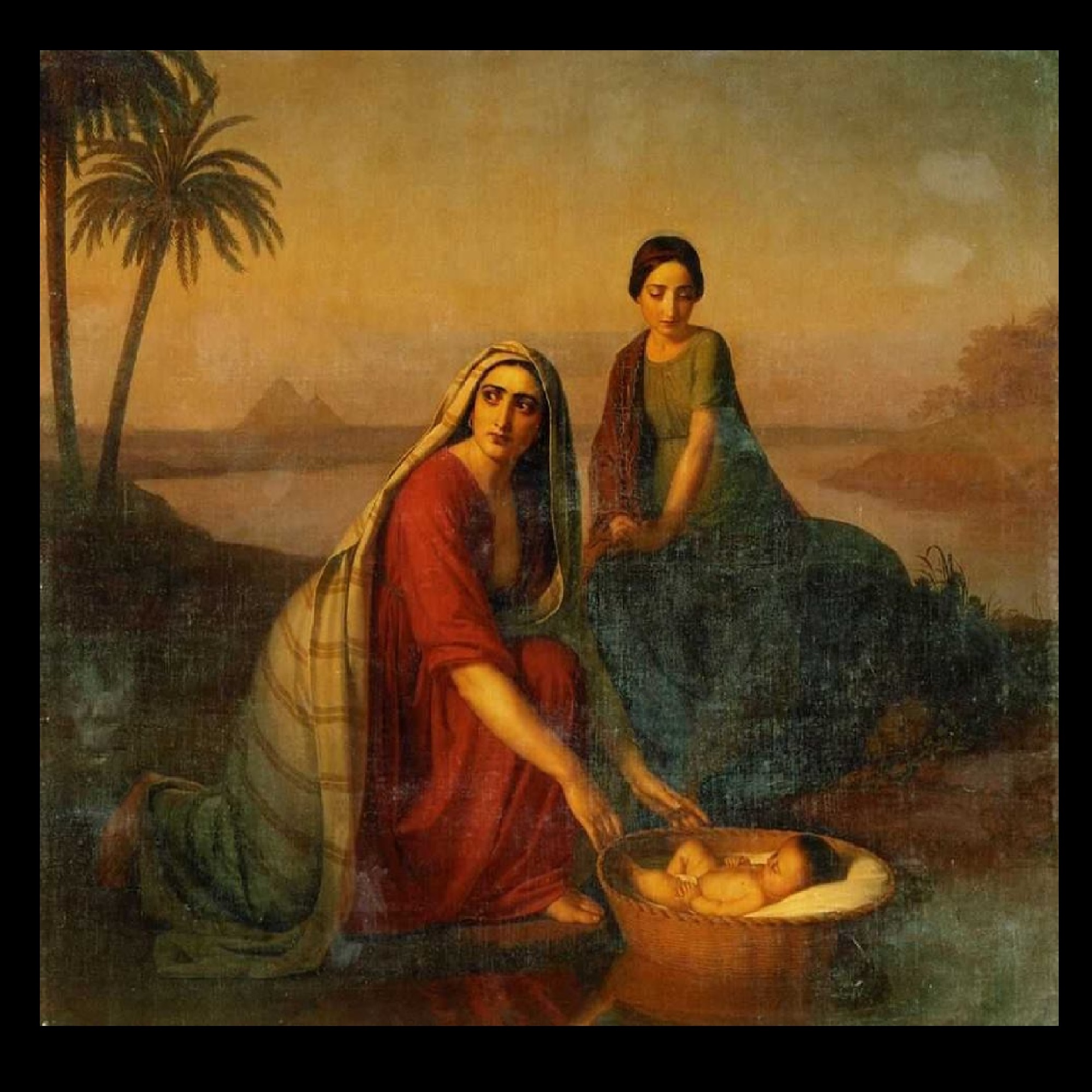Where Was Ramas Ayodhya located?
On a hill east of a River:
The Bible says that Abraham travelled from Ur of the Chaldeans to settle in the land of Canaan: “Then [Abraham] moved to the hill east of Bethel and pitched his tent, with Bethel on the west [towards a] river and Ai on the east….” (Bible, Genesis 12:8).
This verse tells us that a place named Bethel and a river was located to the west of the place where Abraham pitched his tent; and a hill and the place named Ai was located to the east of the river. In other words, Ai and a hill was located east of a river. The Ramayana similarly says that the Sarayu River was flowing to the west as Rama left on his last journey (Valmiki Ramayana, Uttara Kanda 110:1.). That means Ayodhya was located east of the Sarayu River. Thus both the texts tell of the location of Abraham’s or Rama’s place east of a river. Ghuram is indeed located east of the Ghaggar River and matches with both these descriptions. use (1) the name Ghuram is derived from “Kuh-ram” and carries the name “Ram” which is common to both Abram and Rama; (2) Ghuram is located atop a hill as told in the Bible; (3) Both Ai and Ayodhya mean “a fortified place;” and (4) Ghuram provides evidence of ancient fortification.
Similarity of names:
We also find evidence from similarity of names. The “Ghuram” is derived from “Kuh-ram.” “Kuh” means mountain in Persian. The name Ghuram was probably given to the place during the many invasions of India from the west, which brought Persian influence. The site of Ghuram is located atop a small mountain as can be seen in the picture.
The name “Kuh-ram” is connected with Ram. “Kuh-ram” means “Mountain of Ram.” The western invaders may have known the site of Ghuram to be connected with Ram, hence named it “Mountain of Ram” or “Kuh-Ram” or Ghuram.
Abraham was earlier known as Abram. “Ab” means “father” as in “Abba.” Thus Abram means “father Ram;” and Kuh-ram means “Mountain of father Ram.” The name Ram is embedded in the Biblical name of Abraham.
The names of Ghuram is Ai in the Bible and Ayodhya in the Ramayana. Ai is also written as Ayath (Bible, Isaiah 10:28). The names Ayath and Ayodhya have common letters “a,” “y” and “th/dh” and suggest that they may refer to the same place.
The Hebrew word used for Ai in the Book of Joshua (7:2) in the Bible is “ryi.” This word means “a fortified site” (Reference: Briggs, Peter, “Testing the Factuality of the Conquest of Ai Narrative in the Book of Joshua,” Academic Monograph Series No. AR-2, Institute of Archaeology & Biblical History, April 12, 2004, Page 8). The meaning of Ayodhya is “unconquerable,” which too indicates a fortified city (Reference: Monier-Williams, Sanskrit English Dictionary, Page 86). Therefore, both “Ai” and “Ayodhya” mean fortified places. We can see ancient bricks around the hill of Ghuram as if it was a fort.
We suggest that Abraham’s home at Ai and Rama’s home at Ayodhya were both located at Ghuram because (1) It is located east of the Ghaggar River; (2) It is located atop a hill as told in the Bible; (3) Both Ai and Ayodhya mean a fortified place as seen in the fortifications at Ghuram.
Visit our website: https://www.commonprophets.com/
For Videos: https://www.youtube.com/channel/UCN4sb3toJxNGPjmSubnwz_Q
For more information on the theory of Common Prophets, Please like my FB Page One God One  Religion, Subscribe my English channel One God One Religion, subscribe my Hindi Channel एक ईश्वर, and you may like to buy my book here.
Religion, Subscribe my English channel One God One Religion, subscribe my Hindi Channel एक ईश्वर, and you may like to buy my book here.













